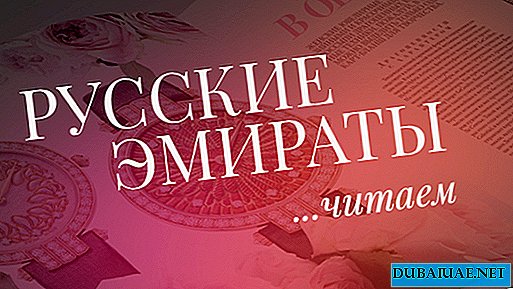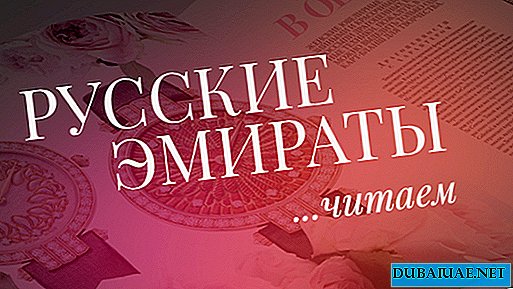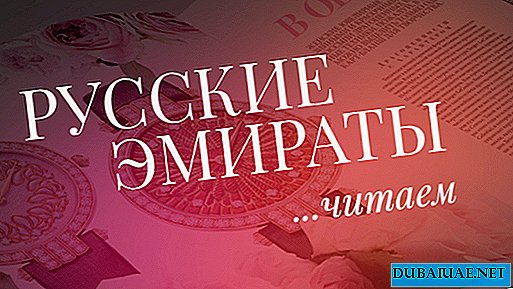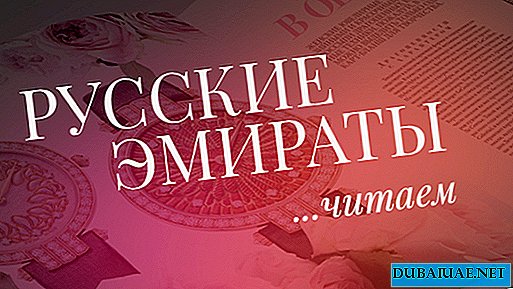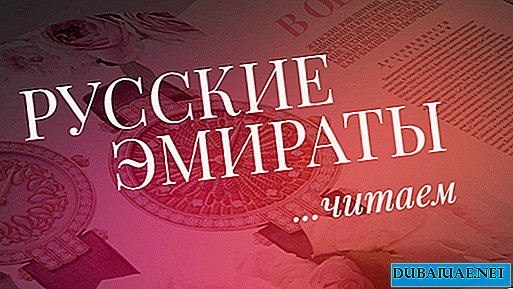The history of the Chaumet jewelry house began in 1780 and is closely intertwined with the history of France. For more than two centuries, nine generations of master jewelers have passed on their knowledge and experience from one workshop owner to another. Real fame, as it usually happens, came suddenly. This happened thanks to one piece of jewelry that became legendary ...
Imperial period (1780-1814)
Having worked a bit with Monsieur Obert, the personal jeweler of Queen Marie Antoinette, a young craftsman named Marie-Etienne Nito opened his own workshop in Rue Saint-Honoré, and very quickly acquired regular customers from the local nobility. Once a novice jeweler caught a bridle of a horse rushing along the street at full speed. Riding on a stallion was Napoleon Bonaparte, who at that time bore the title of French Consul. Already much later, as emperor of France, Napoleon remembered the courage shown by the young man, and appointed him a court jeweler. So in 1802 began the official biography of Monsieur Nito, who laid the foundation for the history of the jewelry company Chaumet.
Napoleon Bonaparte's taste for jewelry was largely dictated by the political situation. The ambitious emperor wanted to return to France the title of trendsetter and center of true luxury, as it was before the Revolution of 1789. Monsieur Nito and his son commissioned the emperor to create the most extraordinary jewelry, which amazingly combined magnificence and simplicity. For example, for the first time the idea of making a tiara was born, which would draw a glance to the upper part of the face and could become a symbol of imperial power in all its grandeur and splendor.
In 1802, the very sword of the consul of the empire was created, the hilt of which was adorned with the famous 140-carat Regent diamond and from which the history of the Chaumet company is counted. Today, this sword is considered the most famous asset of the French crown and occupies a worthy place in the exposition of the Louvre. Two years later, Monsieur Nito performs a full set of jewelry for the coronation ceremony of Napoleon Bonaparte, and even later - the famous sword of the Empire.
For the wife of the emperor of France, the beautiful Josephine, famous for her exquisite taste for jewelry, the master created delicate and sentimental necklaces, brooches and earrings. In honor of the birth of his son, who was immediately proclaimed king of Rome, the emperor presented his wife with a diamond necklace. The daughter Maria Louise received from the court jeweler a set of stunning wedding decorations, which are today exhibited in the historical salon of the company at Place Vendome, 12 in Paris.
In 1805, Marie-Etienne Nito, having achieved wealth and fame, acquired Hotel de Gramont at Place Vendome, 15, which became the Ritz in 1898.
Romantic period (1786-1869)
Jean-Baptis Fossin and his son Julius created collections of romantic jewelry inspired by the art of the Italian Renaissance and French masterpieces of the 18th century. Their talent and skill attracted the attention of the most distinguished families of the time: the Louis Philippe family, the royal family of France, aristocrats from Russia, including Prince Anatoly Demidov, the wife of Princess Matilda Bonaparte, niece of Emperor Napoleon I. The bohemian Parisian public (artists, sculptors , writers and actors) often visited the jewelry store Fossin.
At this time, a naturalistic style in jewelry was born and was in great demand. Masters conveyed in their creations the beauty of morning dew, olive and chestnut leaves, wild roses and fruits. “Grapes” were made of topazes, rubies, emeralds and diamonds of the highest quality and the best cut.
The Second Empire (1794-1860). Jean-Valentin Morel
After the revolution of 1848, jeweler Jean-Valentin Morel, who worked as an apprentice with Fossin, went to England in search of a better life and opened a workshop in London. Heard about the successes of the French jewelers, local dandies reached out to Morel. Morel was soon appointed Queen Victoria's court jeweler. With the help of Prosper’s son, Morel created such magnificent jewelry that all the surrounding counts and barons considered it their duty to order some trinket from him. At home, the jeweler was also not forgotten. Therefore, Morel's clients included the Emperor of France Napoleon III, and Parisian bankers, such as the Rothschild family, and large industrialists and merchants. Paris restored its former glory to the center of world fashion. The atmosphere was simply saturated with the spirit of luxury and the pursuit of wealth. It was the golden time of jewelers.
Joseph Chaumet and The Age of Beauty (1852-1928)
Marrying the daughter of Prosper Morel and picking up a family business in 1885, Joseph Chaumet proclaimed himself an unsurpassed master of the “Age of Beauty”. His jewelry is elegant and unique. On the orders of many noble people, he made tiaras and tiaras, necklaces and orders, brooches with images of tribal emblems and other symbols of social status. This period is especially marked in the annals of the company Chaumet.
It was Joseph Chaumet who created the famous Hummingbird necklace in silver, gold, rubies and diamonds in 1894, the Rising Sun necklace, whose design was inspired by Japanese art, as well as the world-famous tiara Bourbon Parma made of platinum and diamonds in 1919. In 1907, the “diamond house” Chaumet moved to Place Wendom, 12.
Marcel Chaumet (1886-1964) and the Art Deco Period
Trained by his father, Marcel Chaumet took over the family business in 1928. The decoration style of the House has become more geometric, in accordance with the fashion trends of the 1920s. In the thirties, on the contrary, jewelry became more feminine and sophisticated.
Marcel Chaumet's jewelry gives rise to Art Deco - a new trend in jewelry art, which is characterized by contrasting colors, the use of unusual materials and semiprecious stones. It is believed that the culmination of Art Deco was the famous Paris art exhibition of 1925.
Last Century, Twentieth Century In the wake of a general boom in the post-war 1945, following the famous “new image” proclaimed by Christian Dior, the Chaumet jewelry house is gaining a reputation as a trendsetter in style and quality. The new century is a new clientele. The Indian Maharaja, whose white tunic is adorned with selected sea pearls, acquires two pearl-cut diamonds weighing more than 46 carats from Chaumet: one for Gertrude Vanderbilt, the other for Barbara Hutton, who later, having become a princess, orders her tiara from Chaumet.
Sasha Guitri, one of the famous clients of the House, constantly ordered wedding rings for her brides, one of which was perhaps the luckiest - she was destined for a 111-carat emerald. Today's princesses, and real ladies, and movie stars, and show business stars, and just all the women of the world - young and beautiful, all also adore Chaumet jewelry.
This jewelry house preserves its style and unique elegance. The best jewelers and the finest connoisseurs of female souls are still working in it. And, therefore, time is not dominant over Chaumet.



